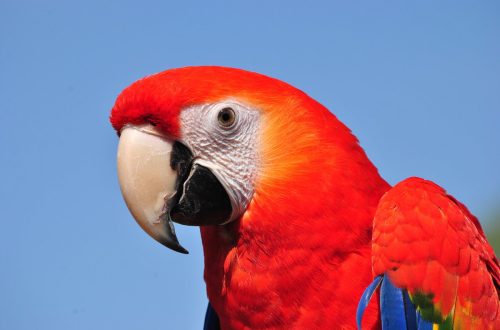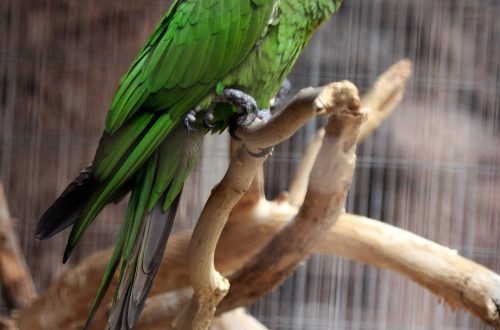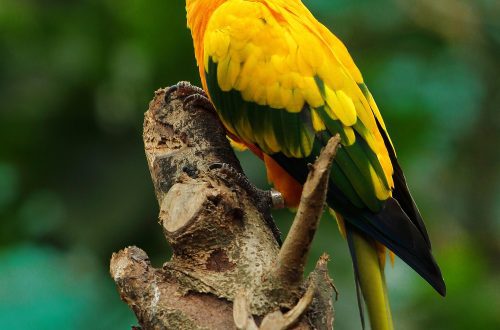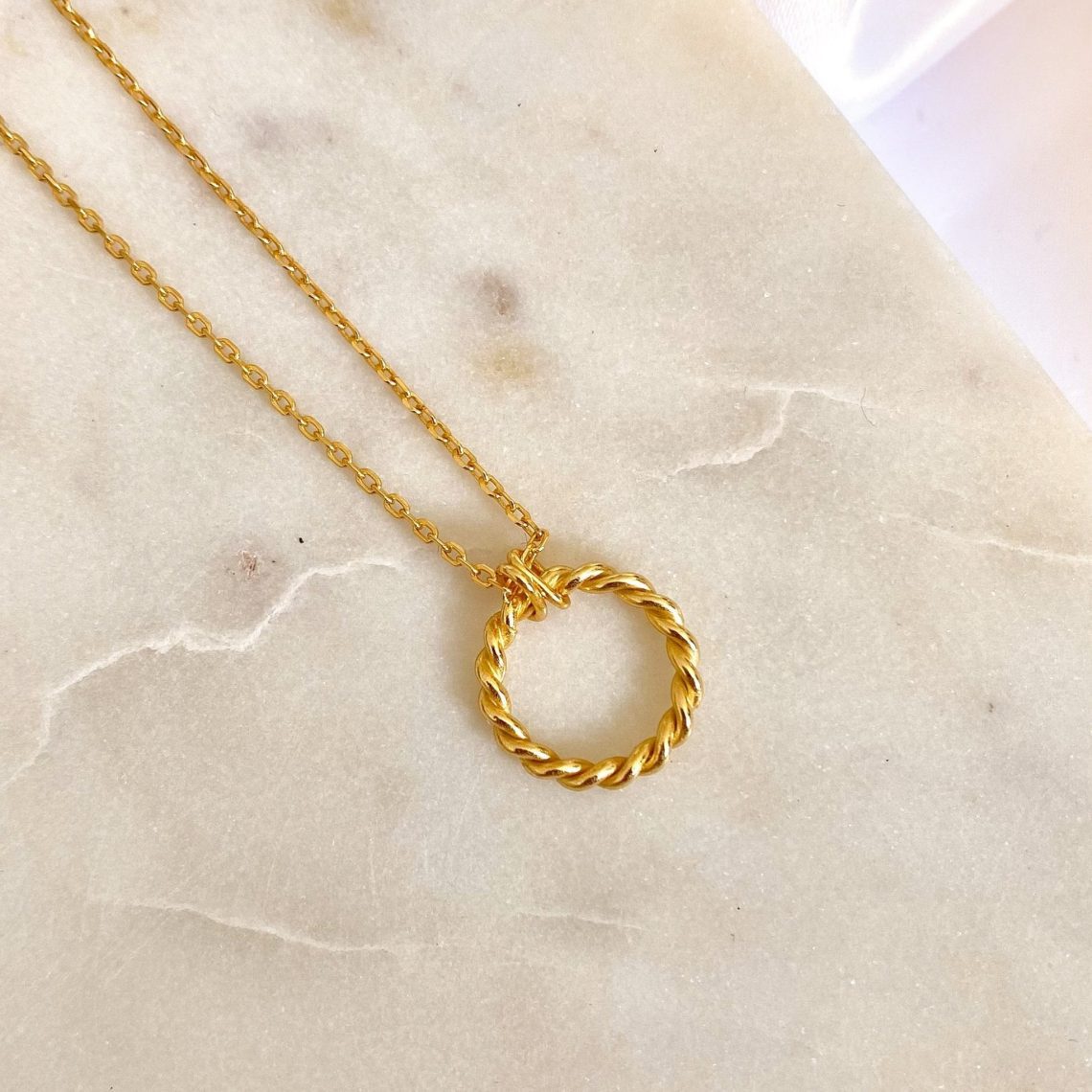
Ringed (Necklace)
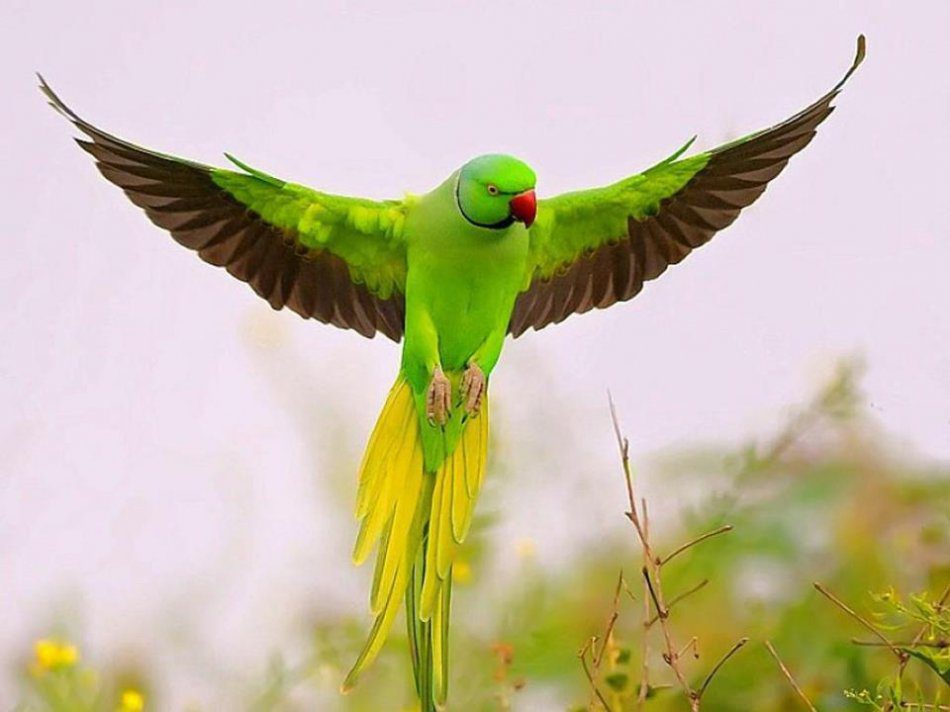

Appearance of ringed parrots
These are medium-sized birds, very graceful and beautiful. The length is 30 – 50 cm. A characteristic feature of this genus of parrots is a stepped long tail. The beak is large, has a rounded shape. The color of the plumage is mostly green, but a strip resembling a necklace stands out around the neck (in some species it looks more like a tie). The color of males differs from the color of females, but birds acquire adult color only by the time of puberty (by 3 years). The wings of these parrots are long (about 16 cm) and sharp. Due to the fact that the legs of these birds are short and weak, they have to use their beak as a third support when they walk on the ground or climb tree branches.
Habitat and life in the wild
The habitat of ringed parrots is East Africa and South Asia, although some species were relocated to the island of Madagascar and Australia, where ringed parrots adapted so successfully that they began to displace native species of birds. Ringed parrots prefer to live in cultural landscapes and forests, form flocks. They feed early in the morning and in the evening, then fly in an organized manner to the watering place. And between meals they rest, sitting on the tops of trees in dense foliage. Main food: seeds and fruits of cultivated and wild plants. As a rule, during the breeding season, the female lays 2 to 4 eggs and incubates the chicks, while the male feeds her and protects the nest. Chicks are born after 22 – 28 days, and after another 1,5 – 2 months they leave the nest. Usually ringed parrots make 2 broods per season (sometimes 3).
Keeping ringed parrots
These birds are well suited for home keeping. They are quickly tamed, live long, easily adapt to captivity. They can be taught to speak a few words or even phrases. However, you will have to put up with a drawback: they have a sharp, unpleasant voice. Some parrots are noisy. Depending on the classification, from 12 to 16 species are assigned to the genus.





